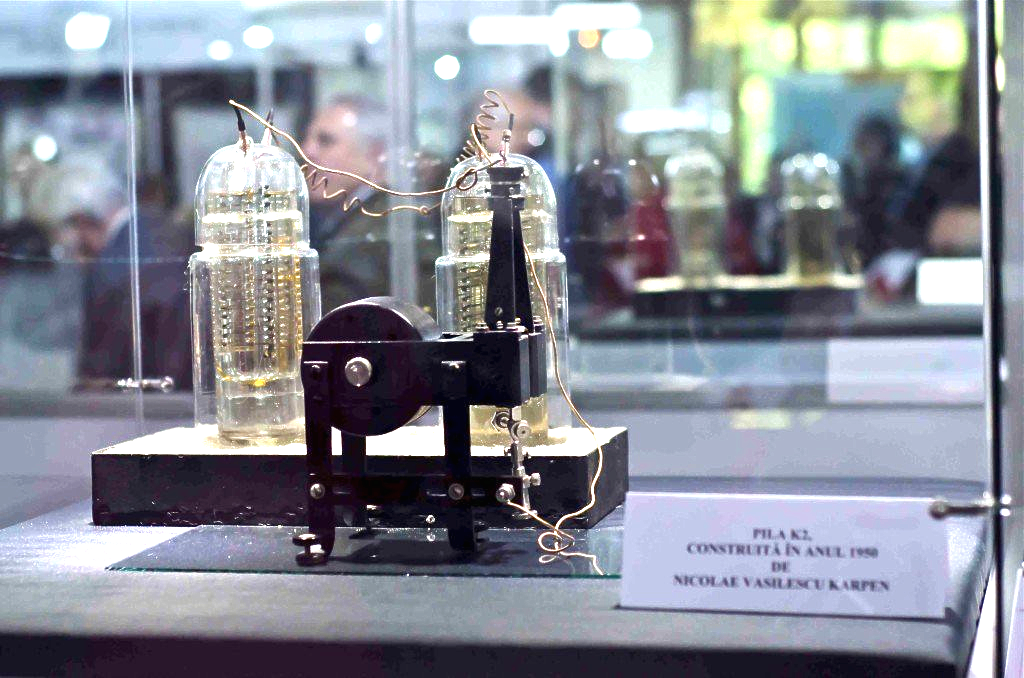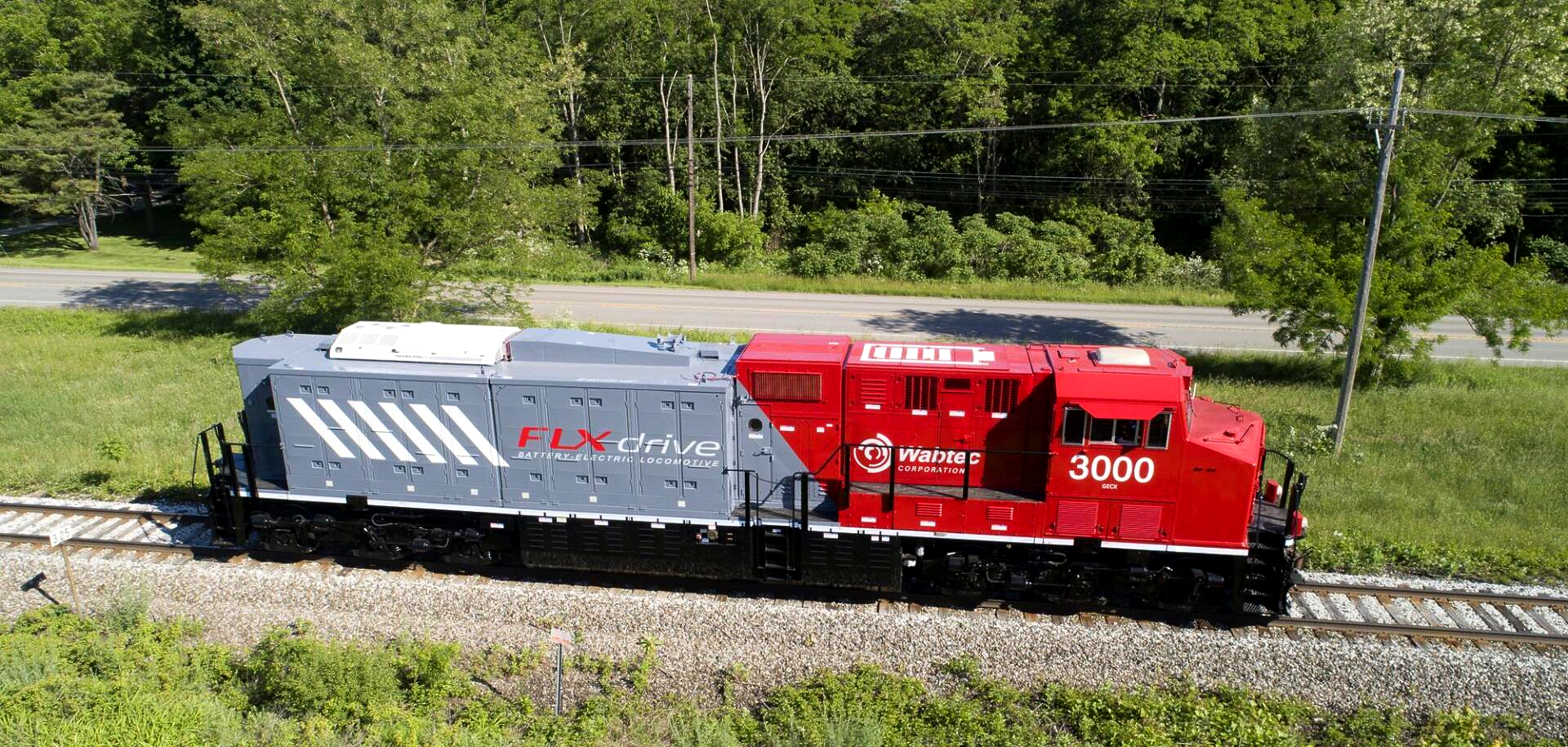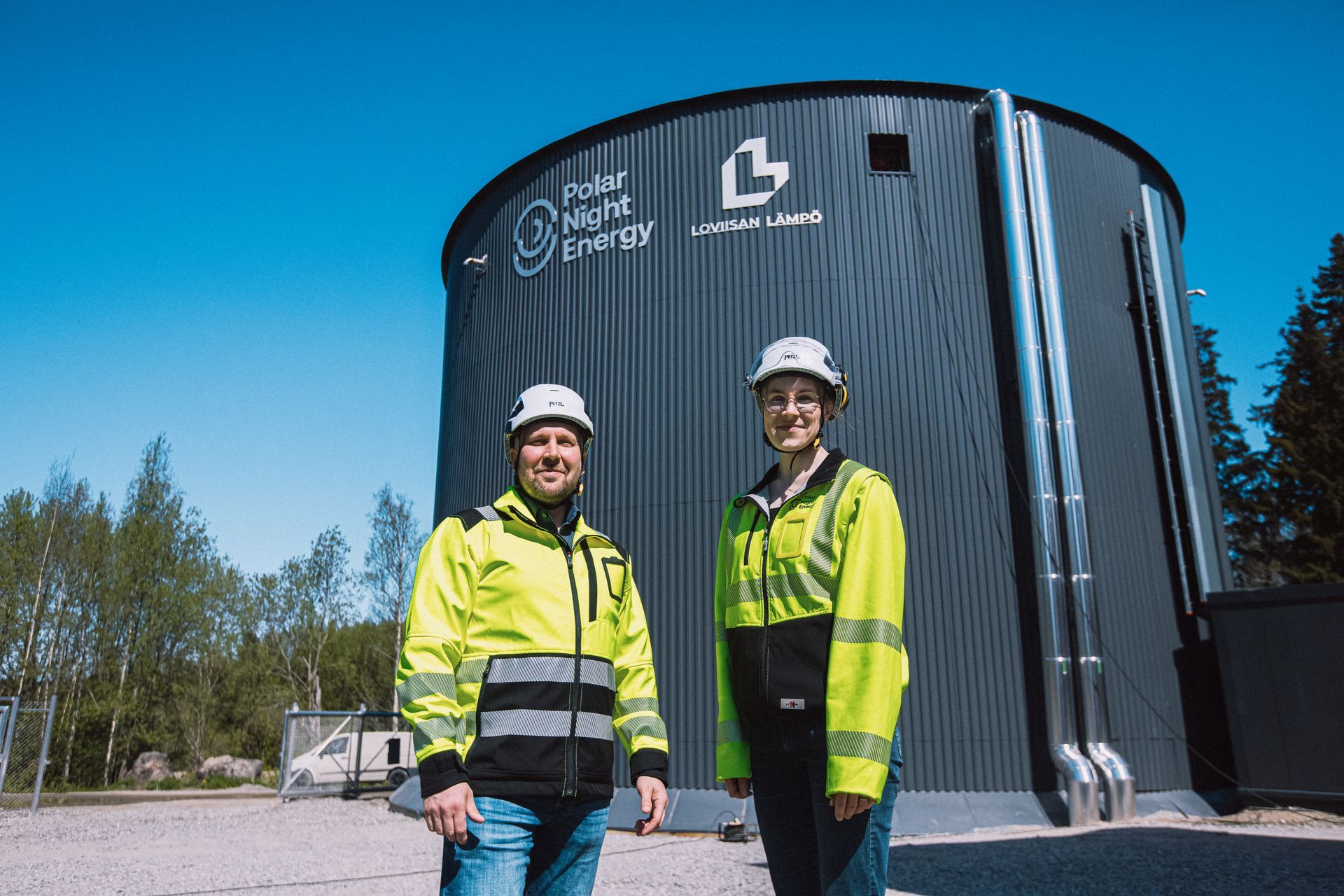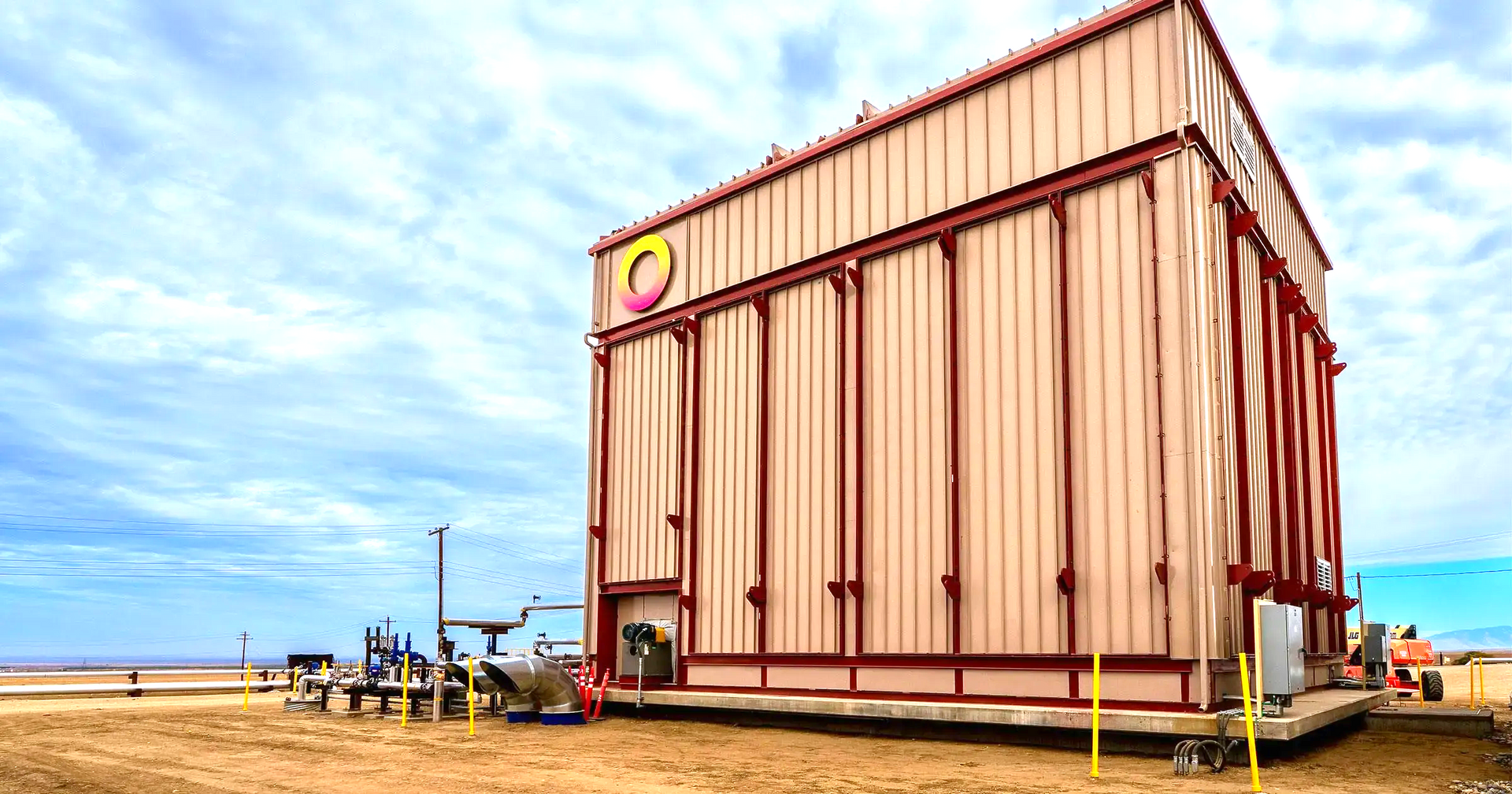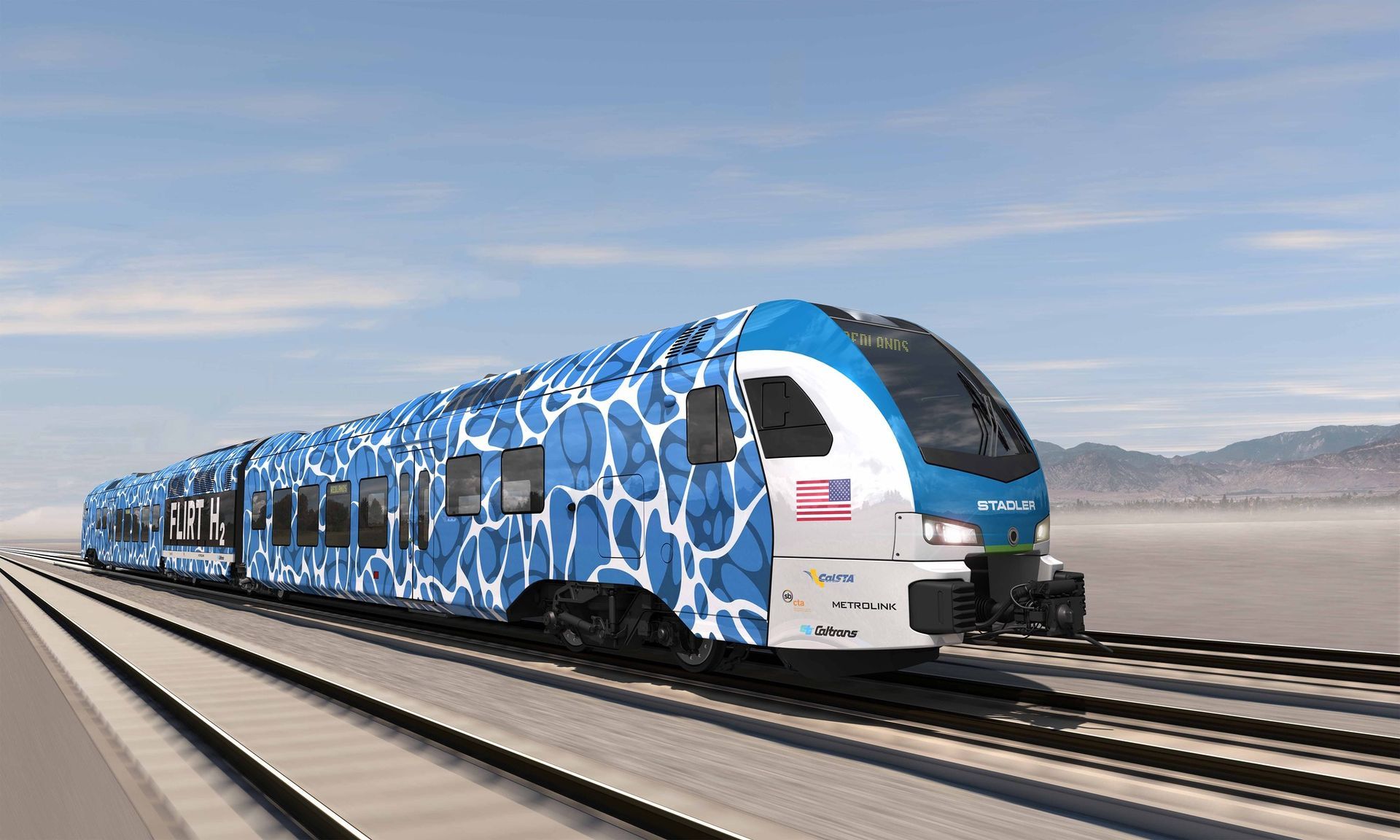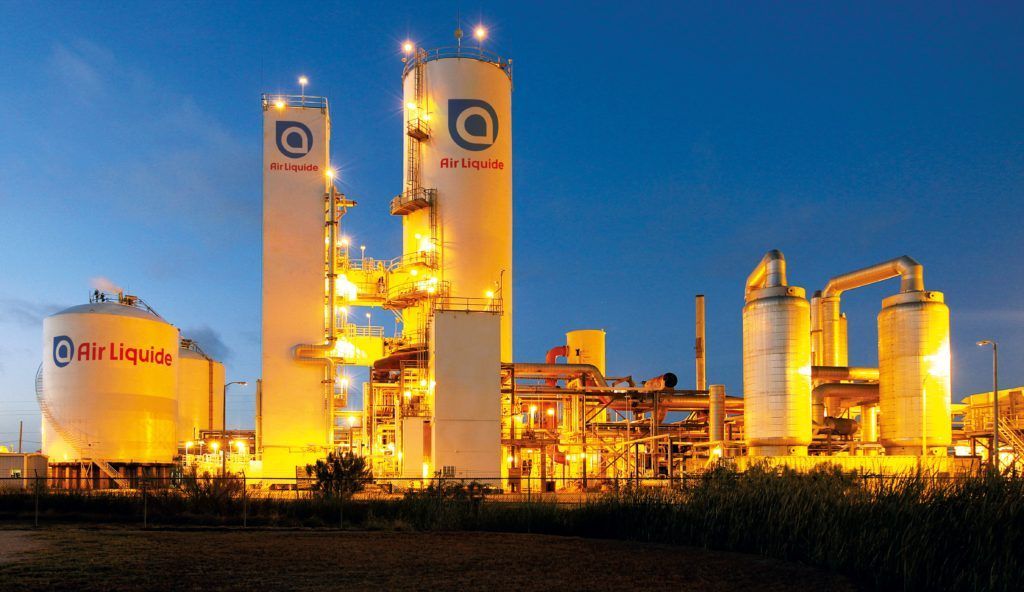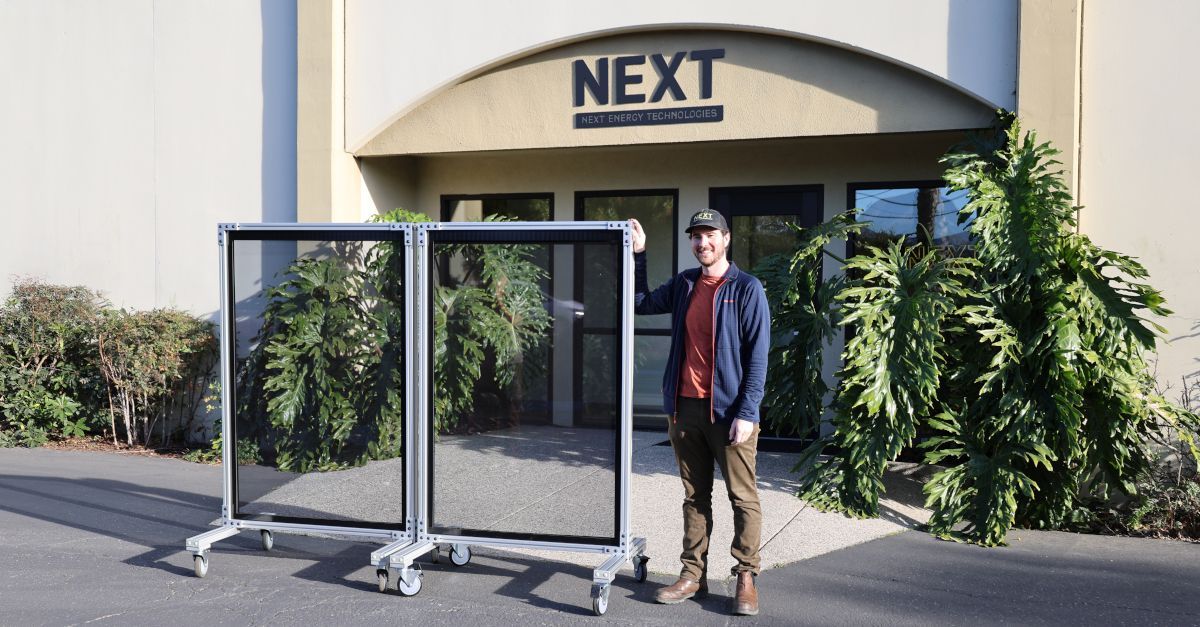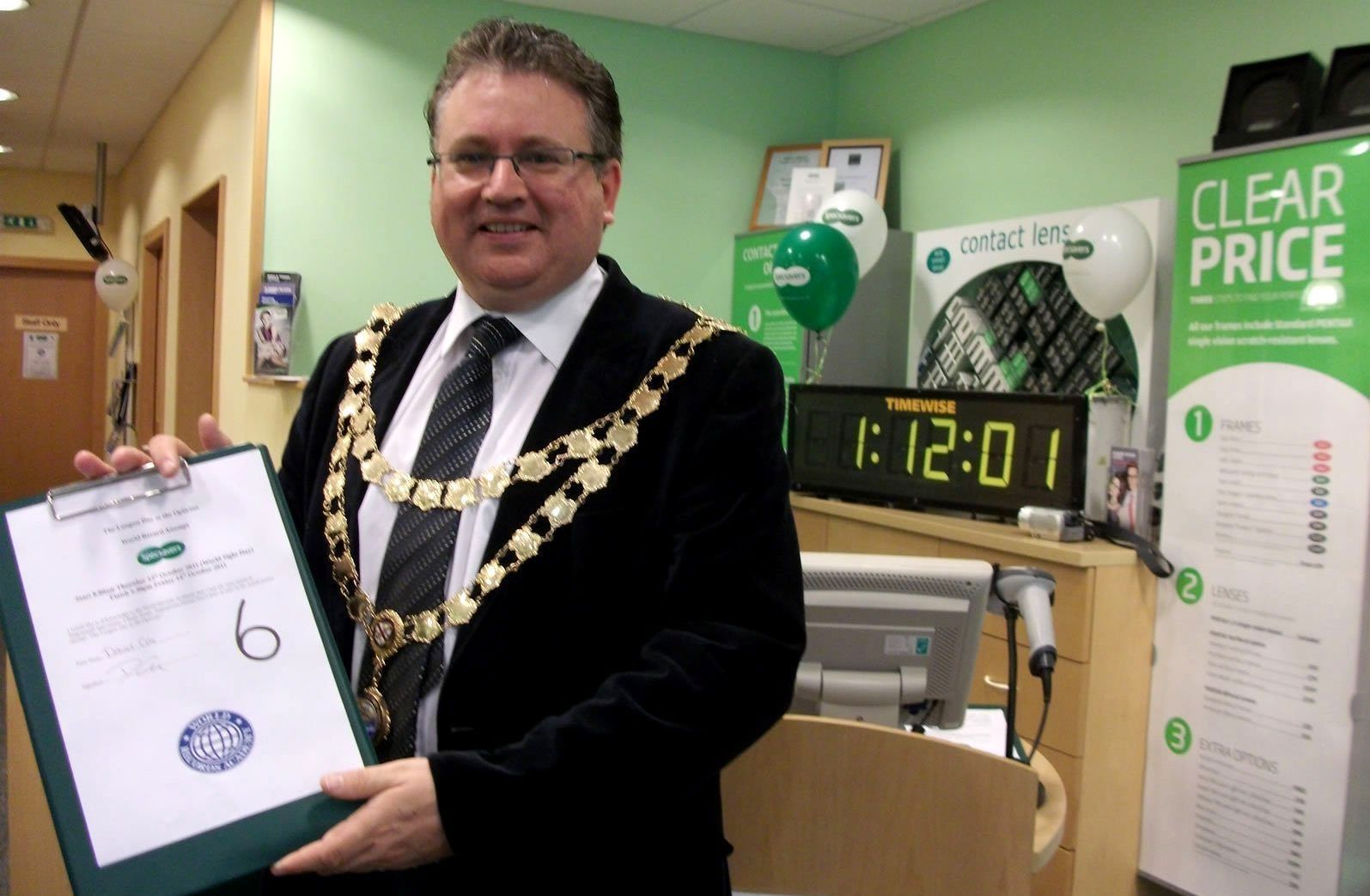World’s first full-cell dual-cation battery, world record in Limerick, Ireland
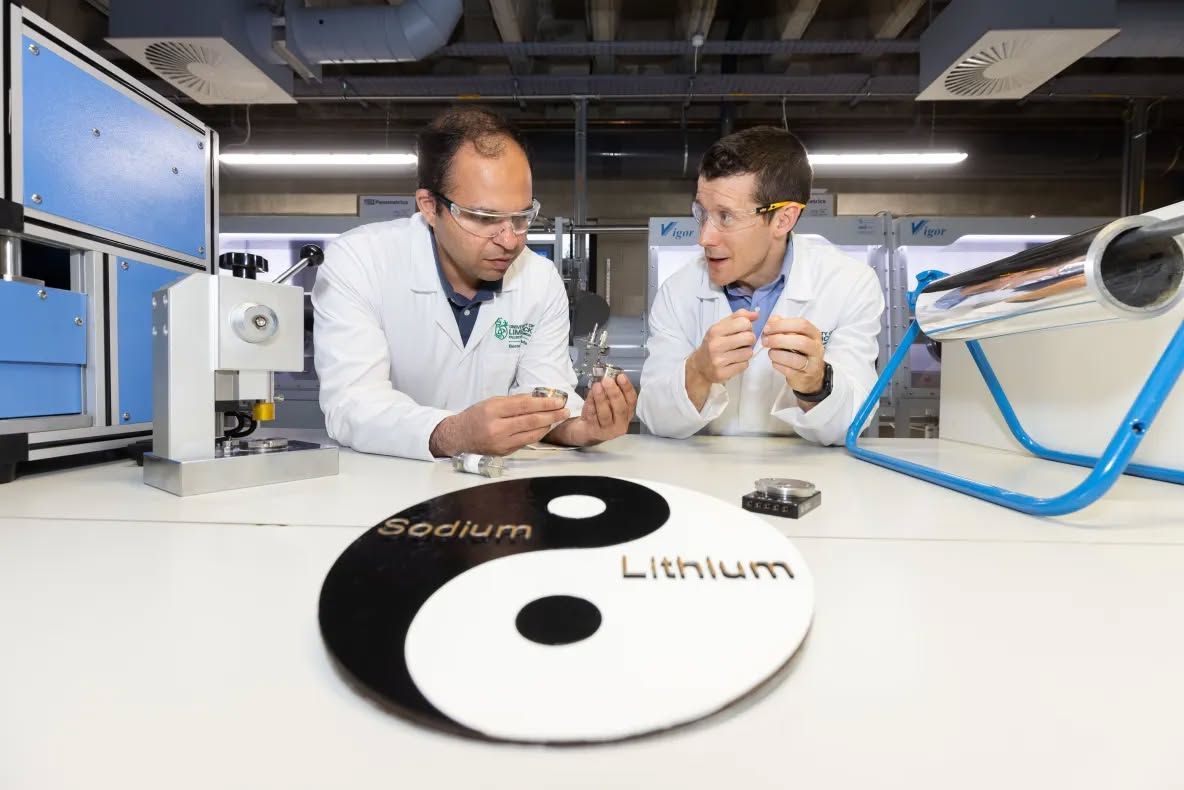
Limerick, Ireland--An innovative battery which combines lithium and sodium ions to enhance both energy capacity and stability, while also improving safety and sustainability by reducing reliance on materials like cobalt, was developed by researchers at the
University of Limerick; it sets the world record for the
World’s first full-cell dual-cation battery, according to the WORLD RECORD ACADEMY.
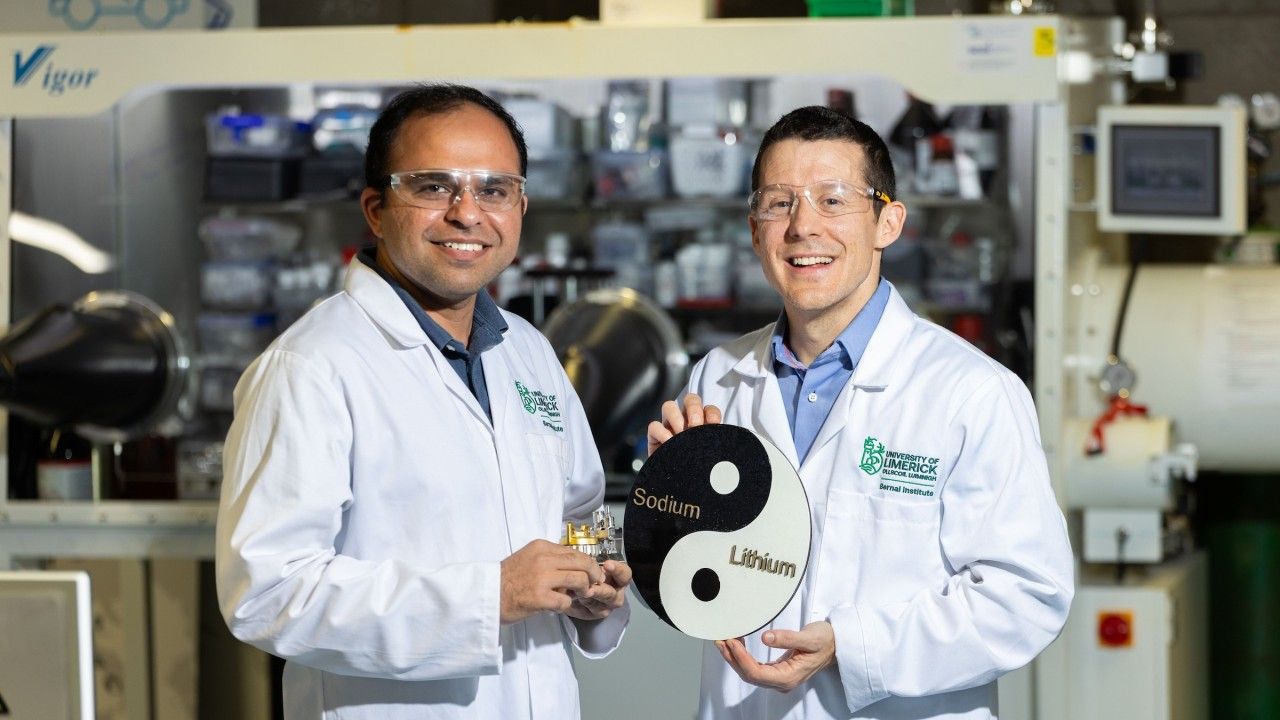
"The world's first full-cell dual-cation battery was developed by researchers at the University of Limerick (UL).
"This innovative battery combines lithium and sodium ions to enhance both energy capacity and stability, while also improving safety and sustainability by reducing reliance on materials like cobalt." (AI Overview)
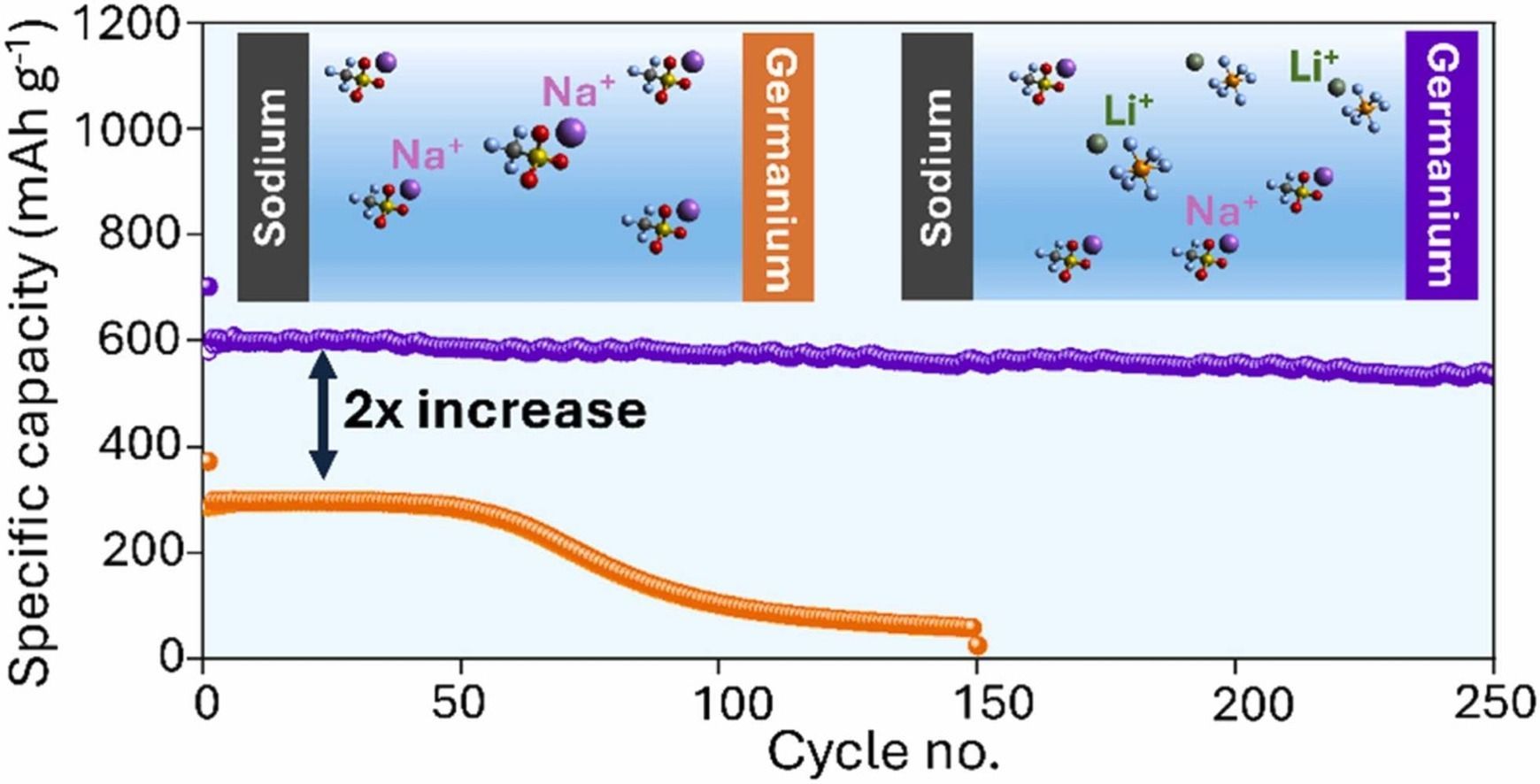
Key features and benefits
- Dual-cation chemistry: The battery uses a system where both lithium and sodium ions work together to boost performance.
- Improved energy density: The combination of ions allows for higher energy density compared to traditional sodium-ion batteries.
- Enhanced stability and lifespan: The battery can withstand up to 1,000 stable charge and discharge cycles.
- Increased sustainability: It reduces the need for cobalt and makes more efficient use of sodium, which is more abundant.
- Versatile applications: The technology is designed for applications such as off-grid systems, commercial and residential energy storage, and potentially electric vehicles.
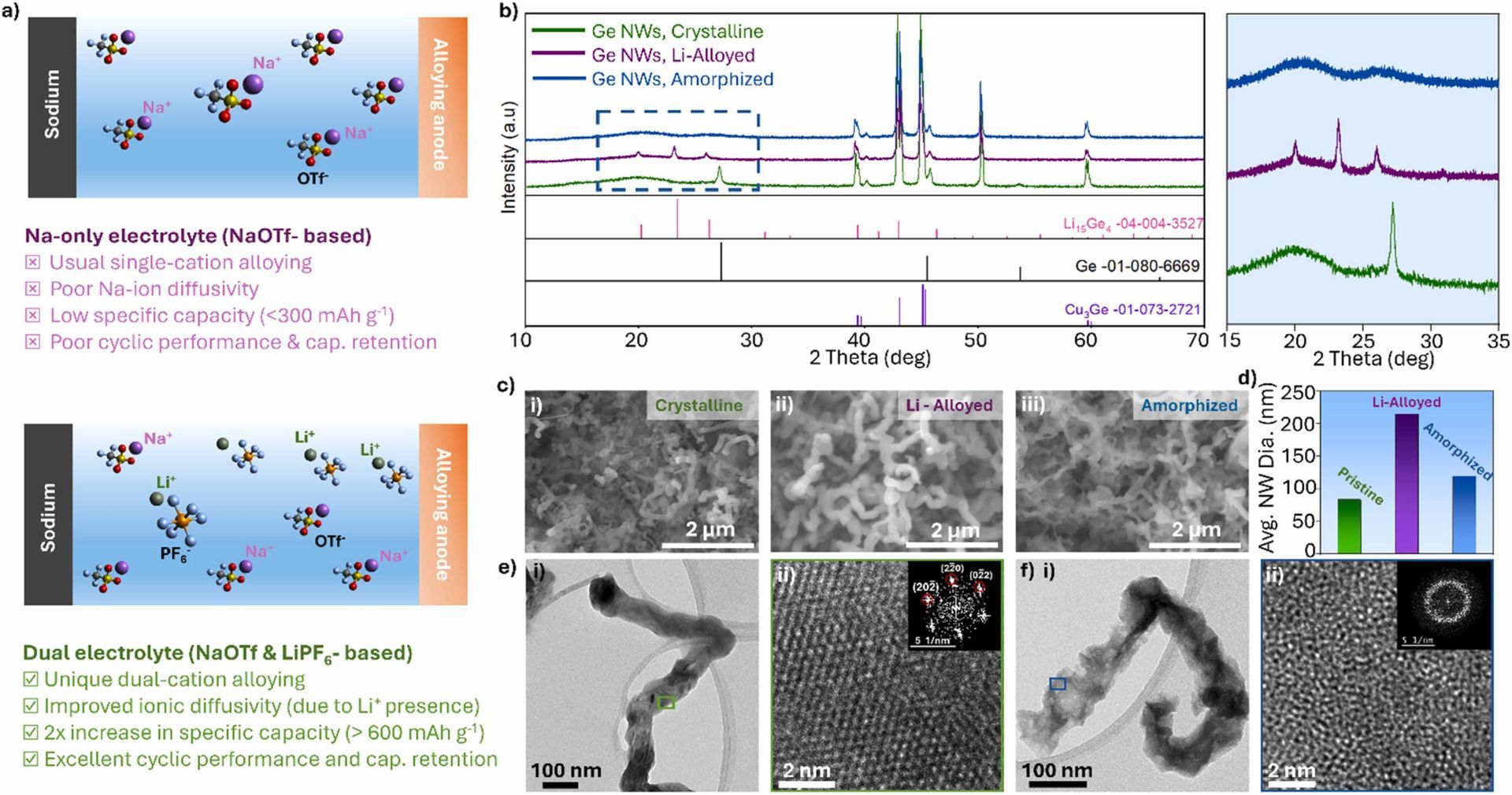
"In a world’s first, researchers at University of Limerick have developed a battery that could reshape the future of electric vehicles and portable electronics. The breakthrough in energy storage technology has seen the development at UL of the
world’s first full-cell dual-cation battery," the
University of Limerick says.
This innovative system combines lithium and sodium ions to significantly enhance both battery capacity and stability, marking a new frontier in sustainable energy research.
"The pioneering work, published in Nano Energy, was led by Hugh Geaney, Associate Professor in Chemistry at UL’s Department of Chemical Sciences and Principal Investigator at UL’s Bernal Institute, and Government of Ireland postdoctoral fellow, Dr Syed Abdul Ahad, his colleague at the Department and the Bernal Institute. The project was in collaboration with researchers at University of Birmingham."
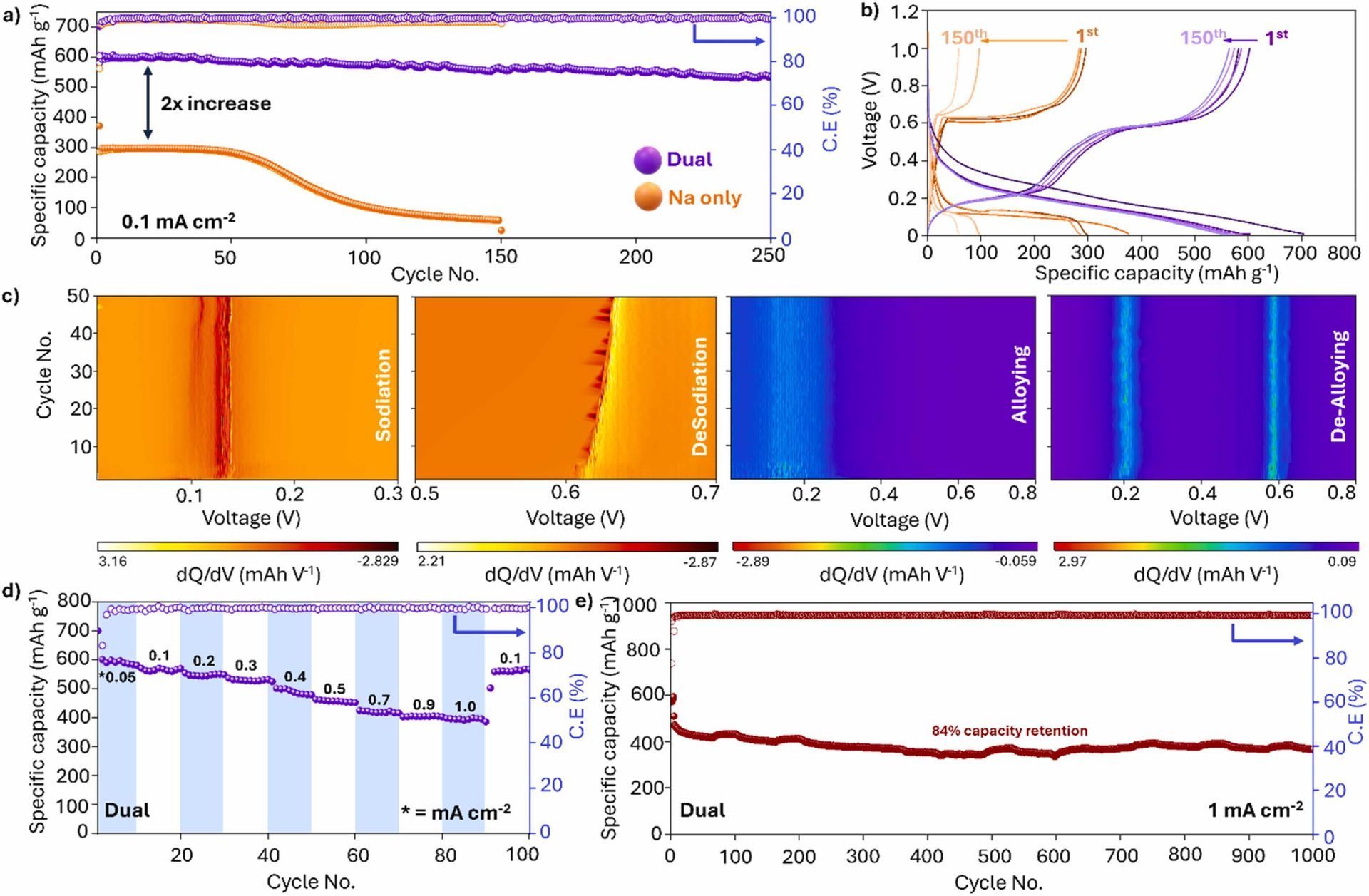
"Unlike traditional sodium-only (single-cation) batteries, this new dual-cation system combines the strengths of both lithium and sodium, to deliver better performance while keeping sodium as the main component, making the technology more efficient and sustainable," the
University of Limerick says.
“For the first time, we’ve shown that sodium-ion batteries can be ‘supercharged’ by pairing sodium and lithium in a sodium-dominant dual-cation electrolyte,” said Associate Professor Geaney.
"The battery’s design allows lithium to act as a “capacity booster” within the electrolyte, supercharging a sodium-ion system while maintaining long-term stability. This approach not only improves energy density—critical for extending the range of electric vehicles—but also enhances safety and sustainability by reducing reliance on costly and environmentally challenging materials like cobalt."
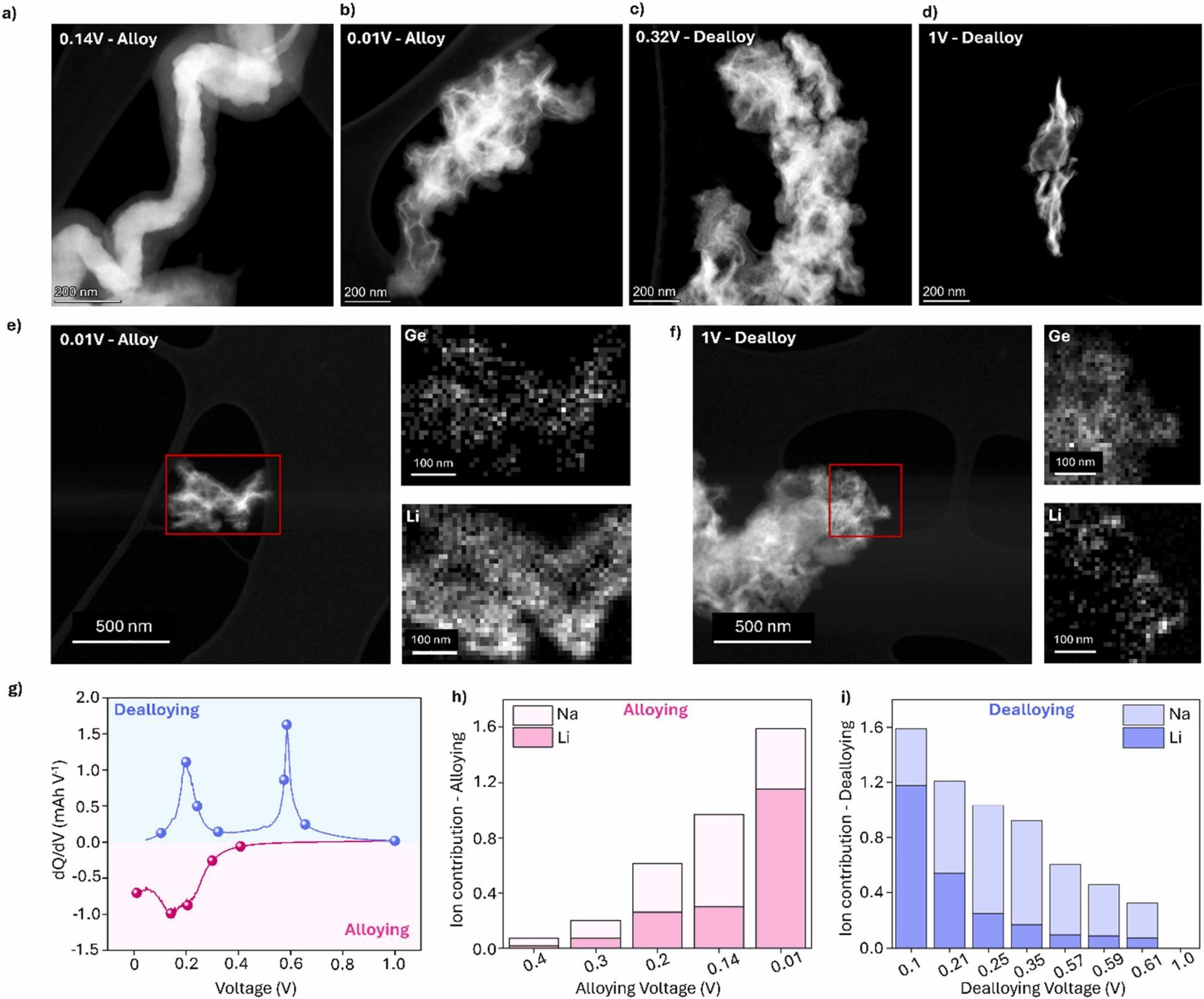
"Sodium-ion batteries have long been seen as a more sustainable alternative to lithium-ion batteries which currently power most commercial appliances, however sodium-ion batteries do not have the same energy density as lithium-ion, meaning a much poorer battery performance," the
University of Limerick says.
This exciting development means that sodium-ions can still be used to deliver high capacity. The lithium-ions and sodium-ions work in tandem during charge and discharge, and the cell can be cycled for up to 1000 cycles, making it a much greener and less expensive battery.
"The research was supported by the Government of Ireland Postdoctoral Fellowship and the Research Ireland Frontiers for the Future programme. The team now plans to expand the study to explore new material combinations and ion systems, including silicon-based anodes and alternative ion pairings such as lithium-magnesium and potassium-lithium."
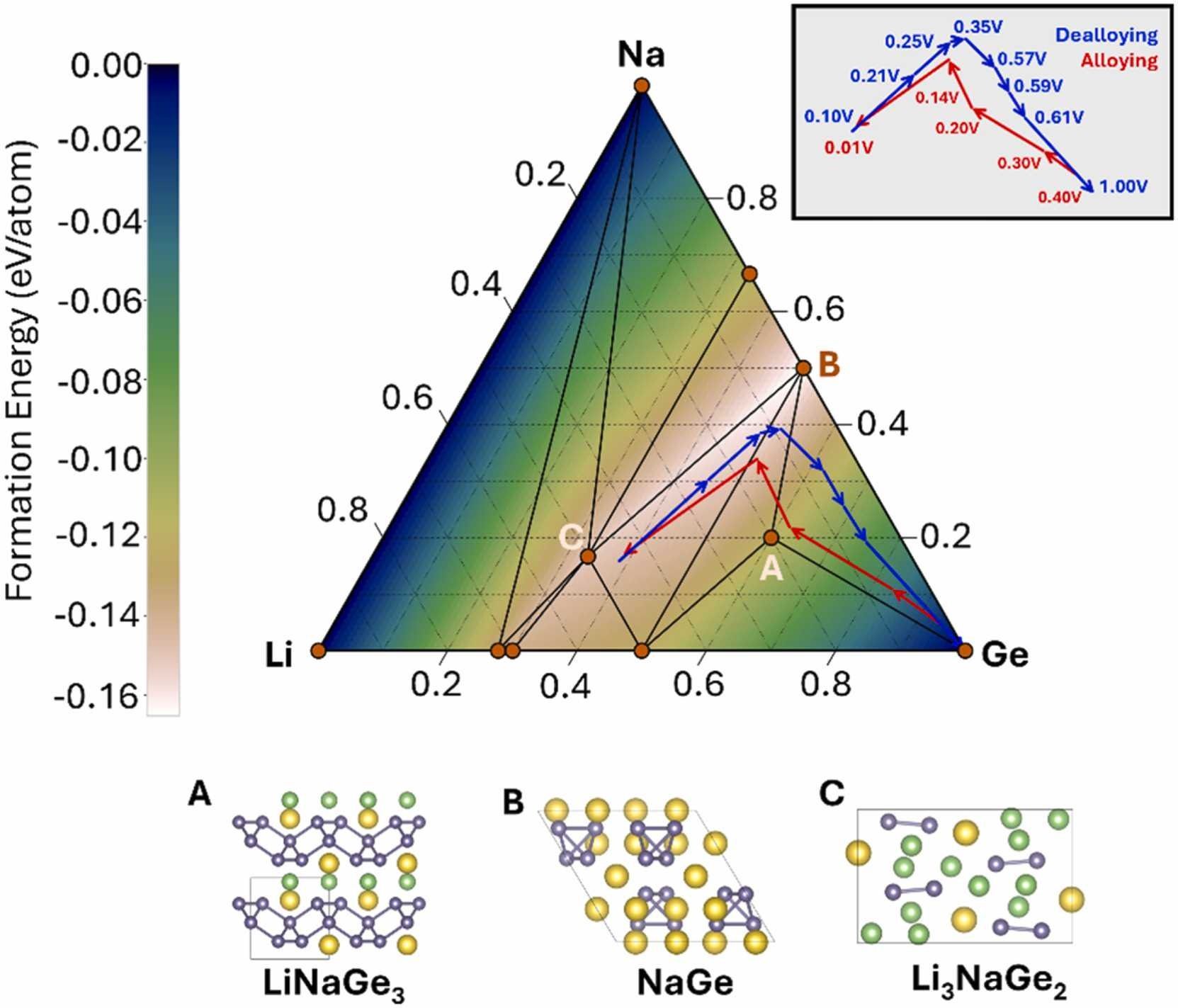
Synergistic Li-Na co-alloying for high-capacity, long-life, dual-alkali ion batteries
"High-capacity, alloying-mode sodium-ion battery (NIB) anode materials remain elusive, mostly due to poor Na ion diffusivity within attractive candidates such as Ge and Si. Herein, for the first time, increased cation activity is unlocked in a Ge nanowire active material, through the use of a dual ion Li/Na electrolyte," the Science Direct says.
"In comparison to low specific capacity (297 mAh g−1) in the Na-only electrolyte, the dual electrolyte enabled a 2x capacity increase (605 mAh g−1) via a dual-cation alloying mechanism which has never been reported before.
'Electrochemical data and material characterization demonstrates that the mechanism follows an amorphous path, with the formation of amorphous Na-rich and Li-rich Ge phases during electrochemical alloying reactions."

"The pioneering work, published in Nano Energy, was led by Hugh Geaney, Associate Professor in Chemistry at UL’s Department of Chemical Sciences and Principal Investigator at UL’s Bernal Institute, and Government of Ireland postdoctoral fellow, Dr Syed Abdul Ahad, his colleague at the Department and the Bernal Institute. The project was in collaboration with researchers at University of Birmingham," the Batteries News reports.
"Unlike traditional sodium-only (single-cation) batteries, this new dual-cation system combines the strengths of both lithium and sodium, to deliver better performance while keeping sodium as the main component, making the technology more efficient and sustainable."
"Researchers at the University of Limerick (UL) have developed the
world’s first full-cell dual-cation battery, a major breakthrough in energy storage technology," the
Irish Examiner reports.
"This innovative system combines lithium and sodium ions to significantly improve both battery capacity and stability, marking a new milestone in sustainable energy research.
"Published in Nano Energy, the study was led by Professor Hugh Geaney, Associate Professor of Chemistry at UL’s Department of Chemical Sciences and Principal Investigator at UL’s Bernal Institute, and Dr Syed Abdul Ahad, a Government of Ireland postdoctoral fellow and his colleague at the Department and the Bernal Institute."
"RESEARCHERS at the University of Limerick (UL) have a developed a battery that could reshape the future of electric vehicles and portable electronics," the
Limerick Post Newspaper reports.
"The pioneering system could significantly enhance both battery capacity and stability, in the
world’s first full-cell dual-cation battery. The innovative system combines lithium and sodium ions to significantly enhance both battery capacity and stability, UL said.
"Unlike traditional sodium-only (single-cation) batteries, the new dual-cation system devised at UL combines the strengths of both lithium and sodium to deliver better performance while keeping sodium as the main component, making the technology more efficient and sustainable, according to UL."
"University of Limerick (UL) is a public research university institution in Limerick, Ireland. Founded in 1972, as the National Institute for Higher Education, Limerick, it became a university in September 1989 in accordance with the University of Limerick Act 1989. It was the first university established since Irish independence in 1922, followed by the establishment of Dublin City University.
"Elements of the US university system were adopted, including cooperative education, grade point average marking and the trimester system. During the 1970s, limited public financing led Walsh and his team to seek World Bank and European Investment Bank funding.
"Sophisticated private-sector fundraising programs were later developed, based on US university models and guided by an international leadership board under founding chair Chuck Feeney and Lewis Glucksman. The campus developed primarily as a result of such fundraising activity." (Wikipedia)
Photos:
World’s first full-cell dual-cation battery, world record in Limerick, Ireland
(1) Government of Ireland postdoctoral fellow, Dr Syed Abdul Ahad and Hugh Geaney, Associate Professor in Chemistry at UL’s Department of Chemical Sciences and Principal Investigator at UL’s Bernal Institute, examining the component parts of the new battery Picture: Alan Place/University of Limerick
(2) Researchers at the University of Limerick (UL) have developed the world’s first full-cell dual-cation battery, a major breakthrough in energy storage technology./Faculty of Science and Engineering, University of Limerick
(3) Graphical Abstract/Science Direct
(4) Schematic illustration of Na-only electrolyte and dual-cation electrolyte electrochemical systems. (b) XRD analysis of Ge NWs in crystalline, Li-alloyed and amorphized states (inset shows narrow range between 15 and 30°). (c) SEM images of Ge NWs in crystalline, Li-alloyed and amorphized states. (d) Comparison of the average Ge NW diameter before and after amorphization step. TEM/HRTEM analysis of (e) (i. ii) crystalline and (f) (i, ii) amorphized Ge NWs./Science Direct
(5) Galvanostatic cycling of amorphized Ge NWs in Na-only and dual electrolytes at 0.1 mA cm−2. The first cycle was carried out at 0.05 mA cm−2. (b) Corresponding voltage vs. specific capacity graph at various cycle no. (c) Contour plot representation of 50 cycles of Ge NWs in Na-only and dual electrolyte. (d) Rate capability at various current densities and (e) long-term cycling at 1 mA cm−2 of Ge NWs in dual electrolyte. The first 10 cycles were measures at 0.05 mA cm−2 and 0.1 mA cm−2 before switching to 1 mA cm./Science Direct
(6) TEM analysis of Ge NWs in dual electrolyte after 10 cycles at (a) 0.14 V alloying, (b) 0.01 V alloying, (c) 0.35 V dealloying and (d) 1 V dealloying. STEM analysis of Ge NWs after 10 cycles at (e) 0.01 V alloying and (f) 1 V dealloying stages with corresponding Ge and Li EELS mapping. (g) Differential capacity plot of Ge NWs in dual electrolyte, representing various voltage points used for ICP analysis. The Li and Na ion contribution per Ge atom (in Ge NWs) at various voltage points during (h) alloying and (i) dealloying in dual electrolyte using ICP-OES technique in conjunction with practical capacities obtained at each voltage point./Science Direct
(7) Ternary phase diagram of stable Li-Na-Ge phases at zero temperature and pressure. Formation energy of the convex hull is shown by the colour map. The chemical potentials of the pure elements were calculated using bcc-Na, bcc-Li and diamond-Ge. The lithium potential was lowered by 0.33 eV, corresponding to the difference in standard electrode potentials of elemental Li and Na. The Ge NW anode compositions determined from the ICP analysis and practical specific capacities of the half-cells are overlaid in red (alloying) and blue (dealloying). Random structure searching revealed the new LiNaGe3 phase (A), which lies close to the measured composition during alloying at 0.2 V./Science Direct
(8) Galvanostatic cycling of Ge NWs – sodiated FeS2 full cell at 150 mA g−1. The inset schematic shows the full cell configuration. Corresponding differential capacity plots of Ge NWs in (b) dual and (c) Na-only electrolytes at various cycle no. (d) Rate capability test of Ge NWs – FeS2 full cell cycled in dual electrolyte at various current densities./Science Direct
